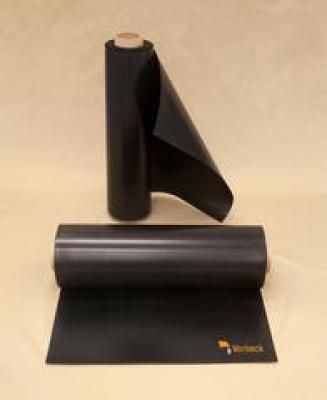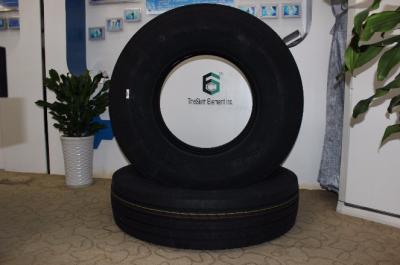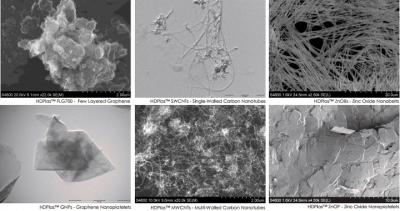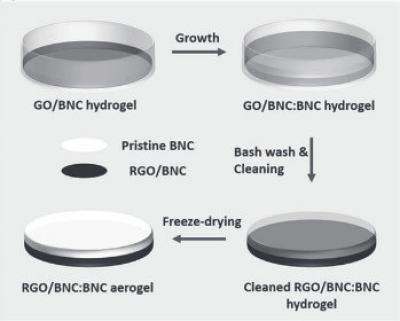Vorbeck Materials introduces Vor-flex engineered HNBR elastomer: rubber reinforced with Vor-x® graphene
After announcing its collaboration with Reliance last month, to develop graphene-enhanced elastomer materials, Vorbeck Materials launches Vor-flex Engineered HNBR Elastomer: Rubber Reinforced with Vor-x Graphene.

The Vor-flex 50 is planned to be the first in a new family of graphene-enhanced, engineered elastomer products made using Vorbeck’s proprietary Vor-x technology. Vor-x provides Vor-flex 50‘s hydrogenated nitrile butadiene rubber (HNBR) with extreme strength at low deformation (high modulus) and the ability to withstand temperature spikes up to 200 °F above the rated working temperature of HNBR. Vor-flex 50 has a nominal tensile strength of 3500 psi and a Shore A hardness of 88.





